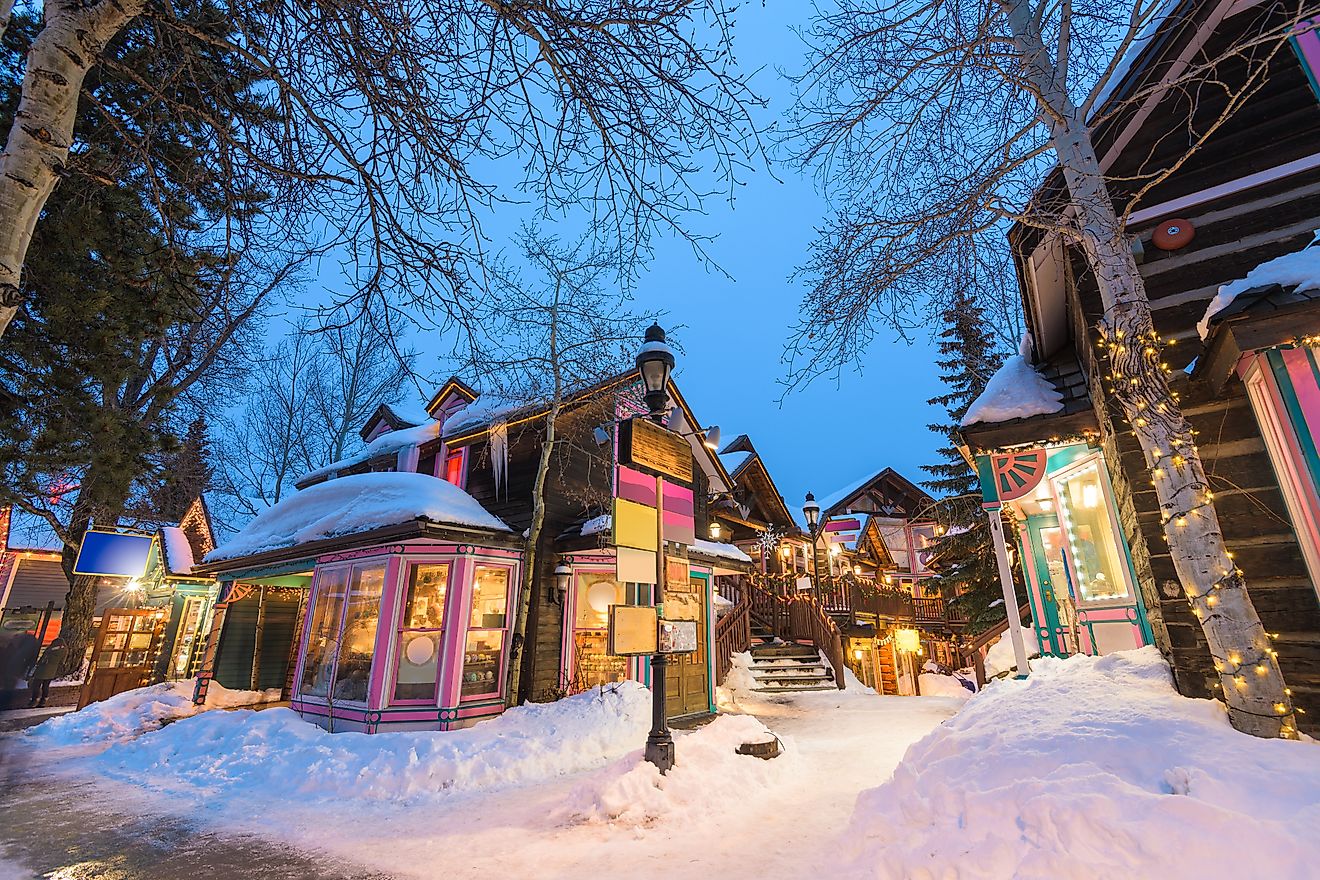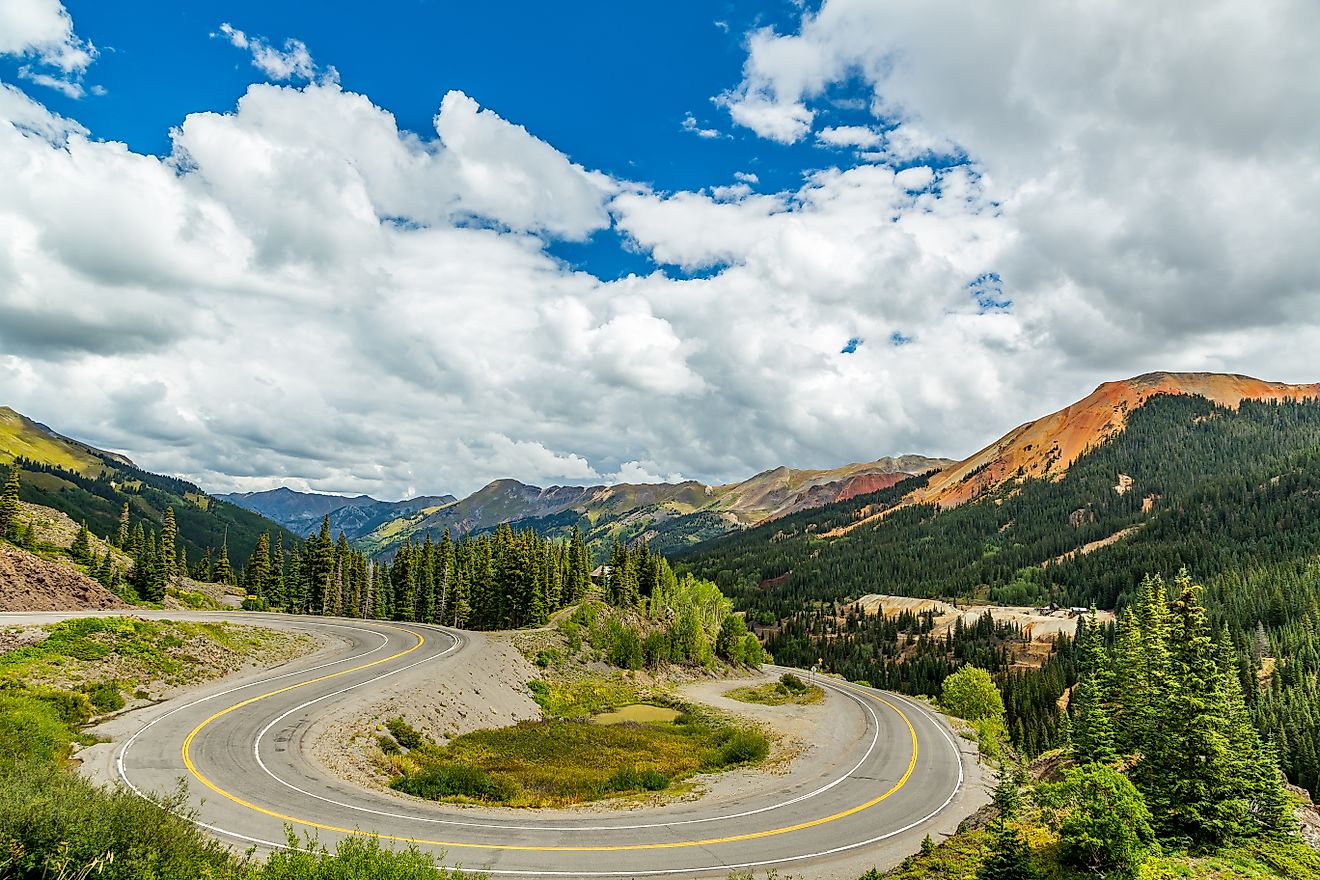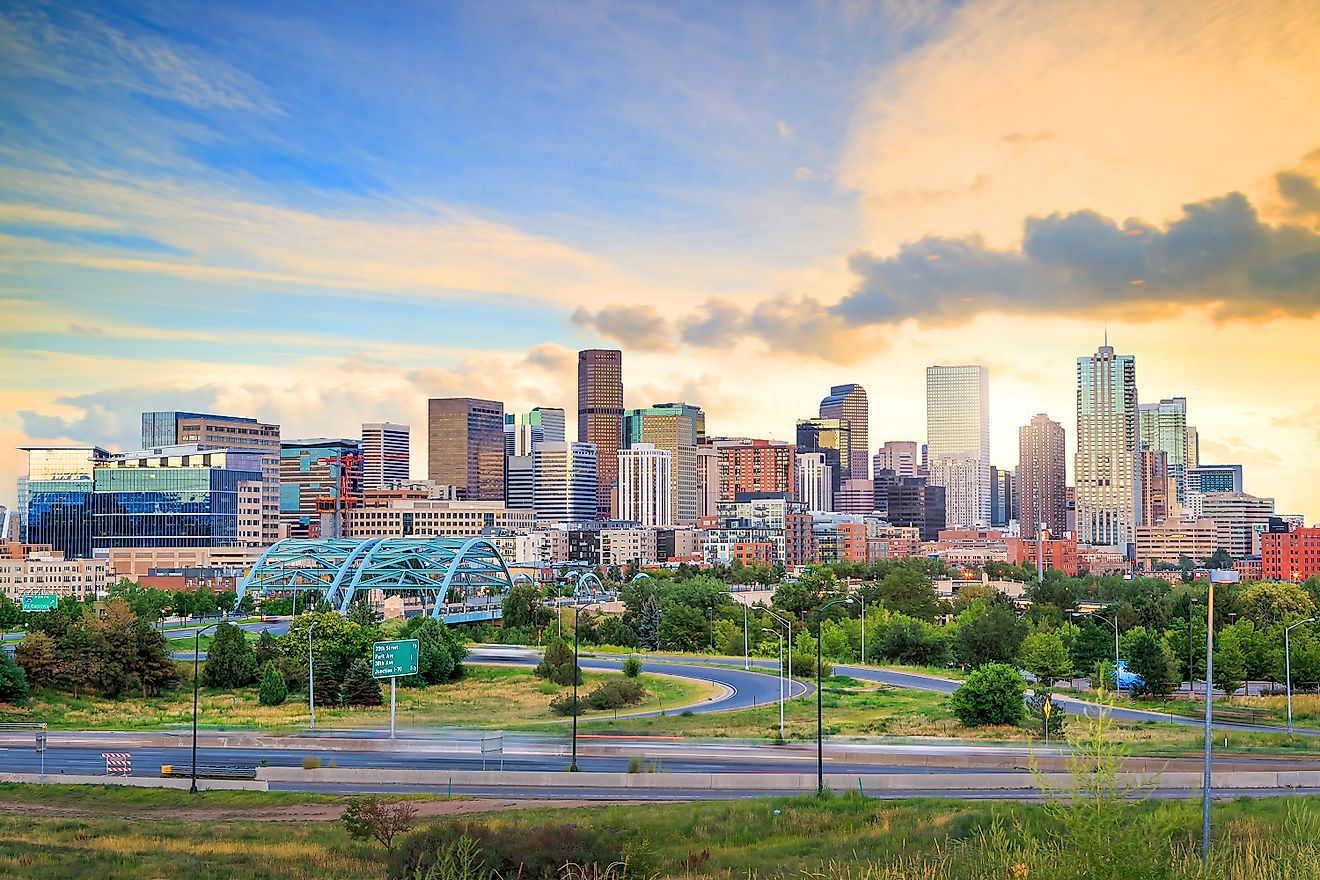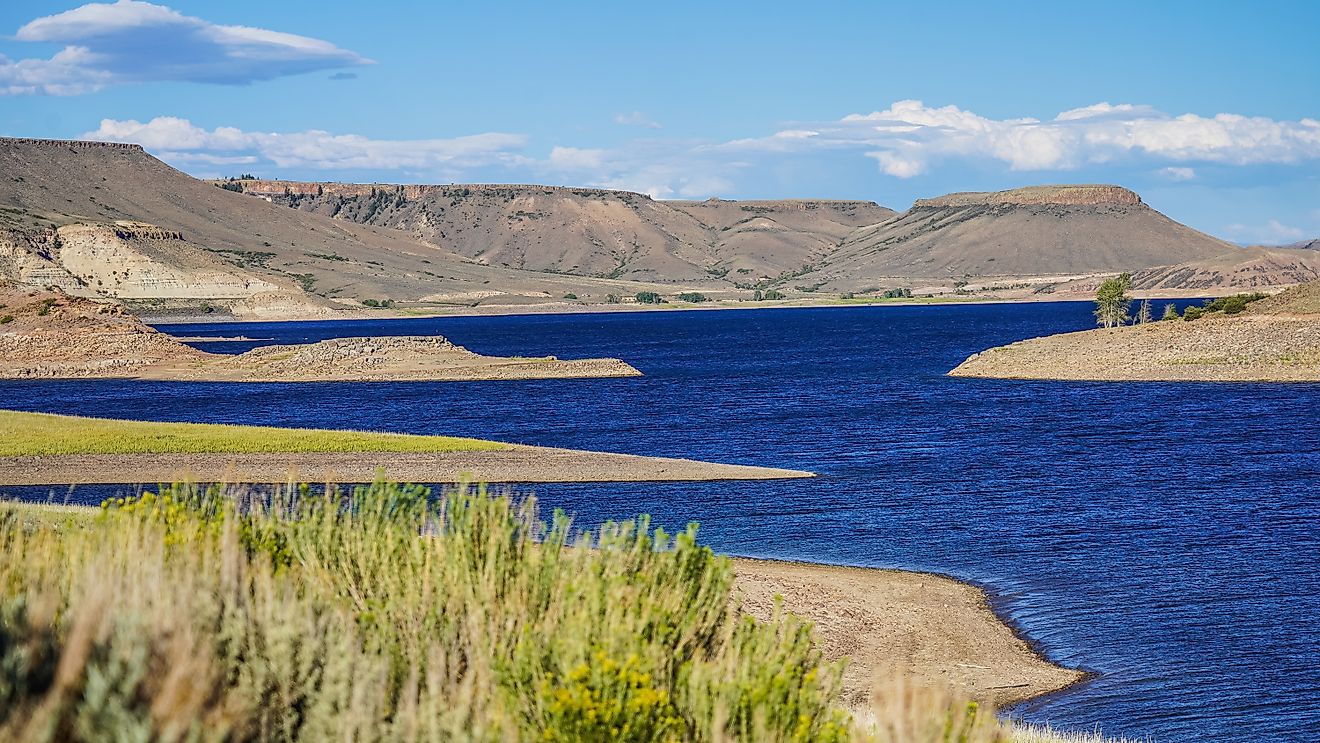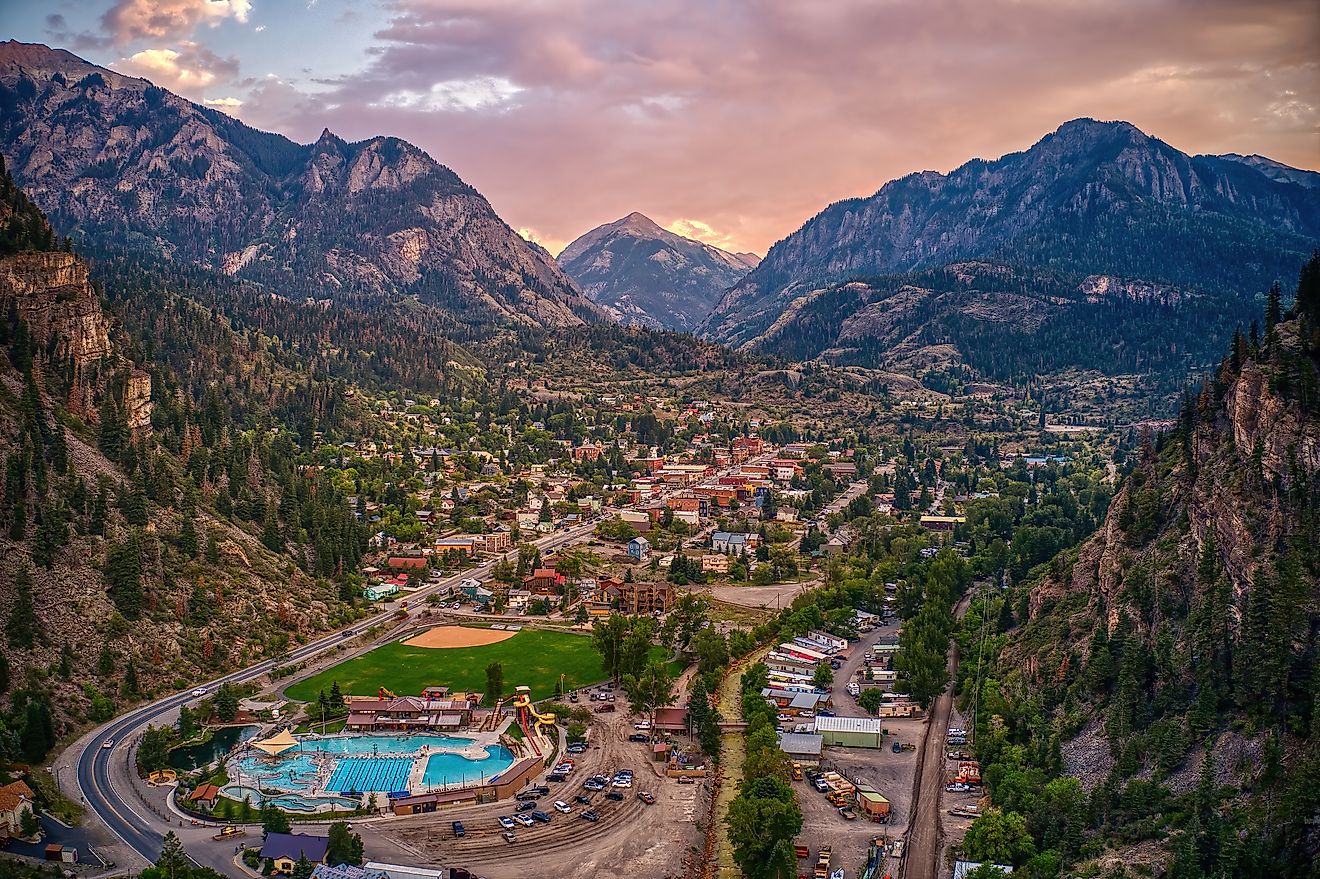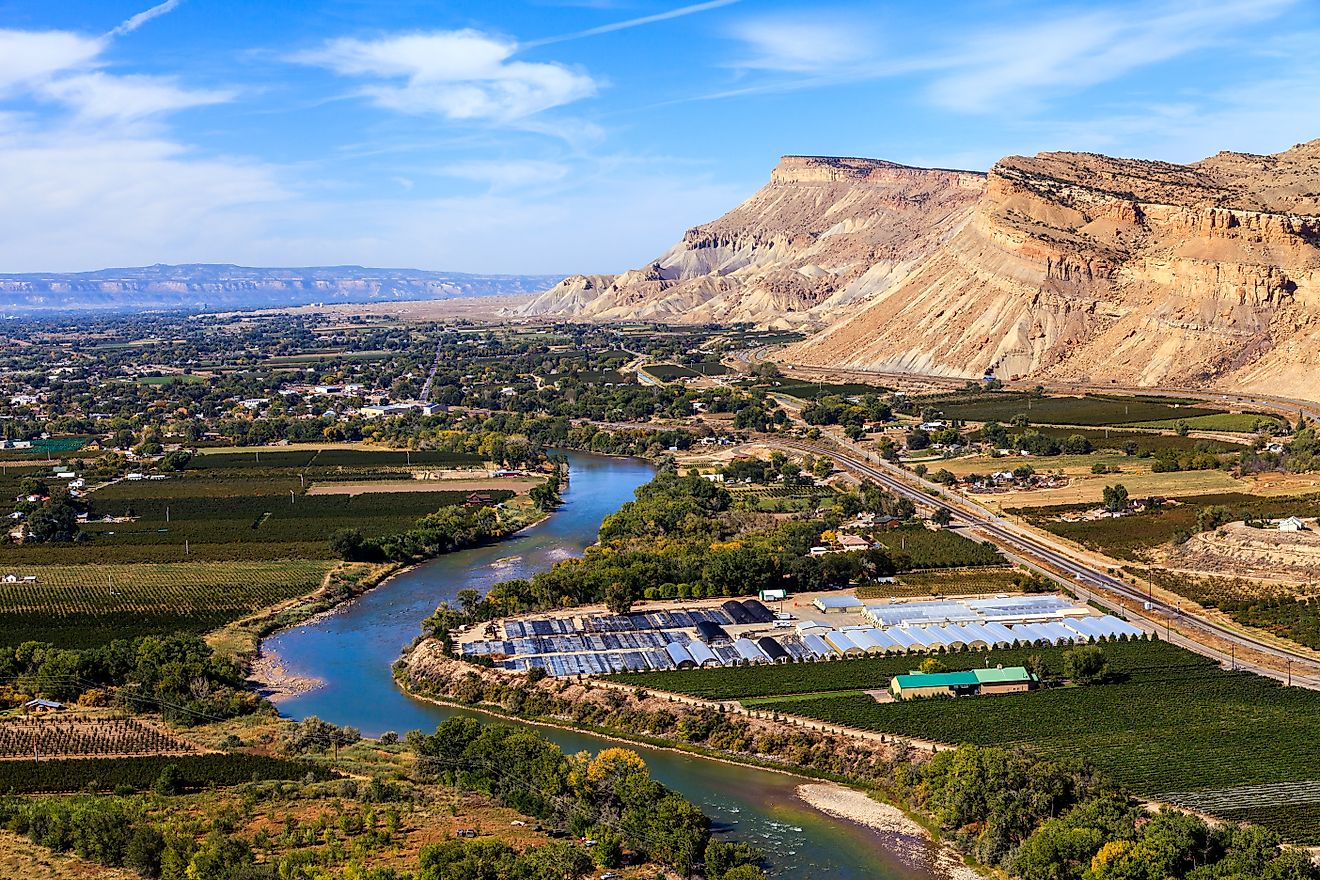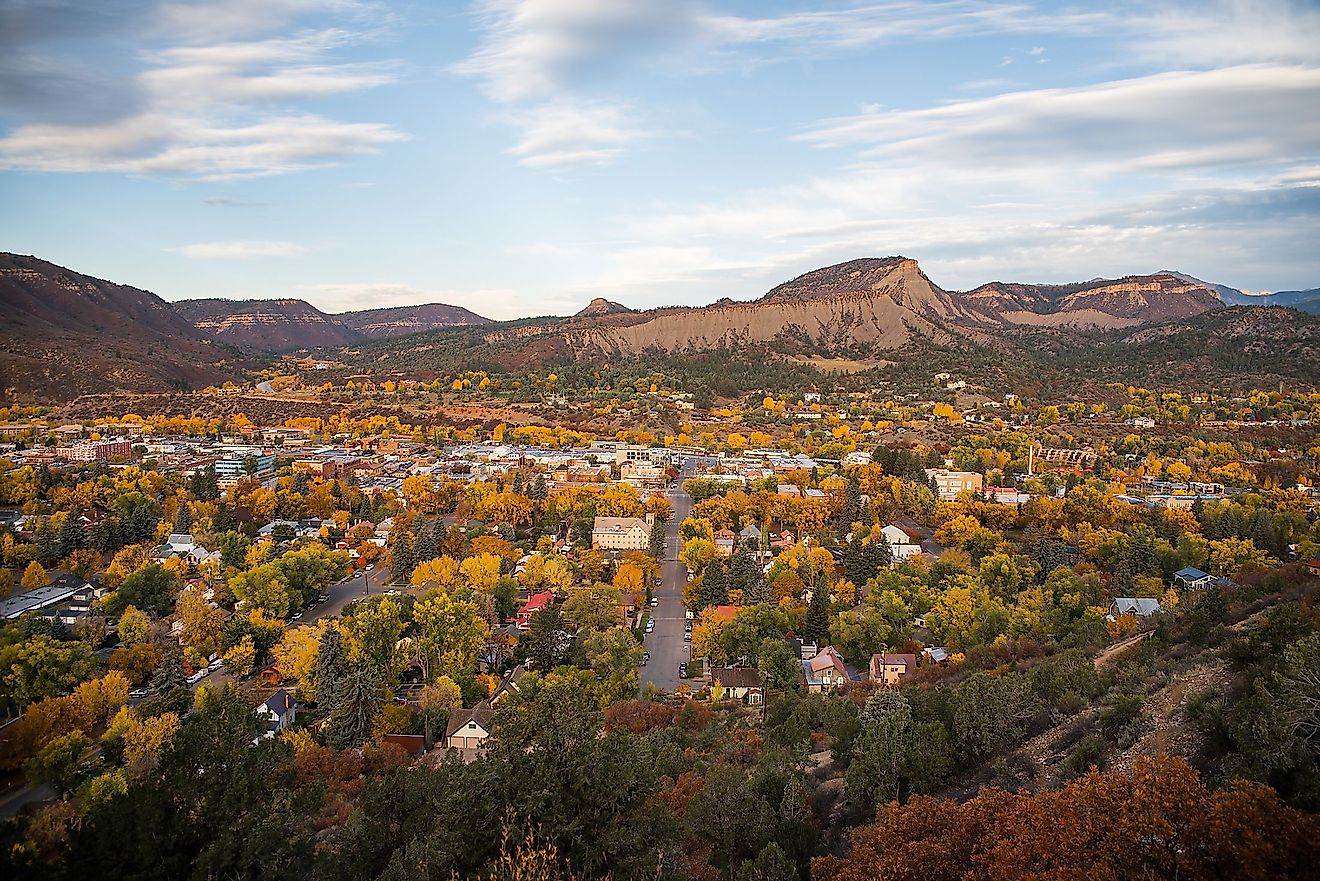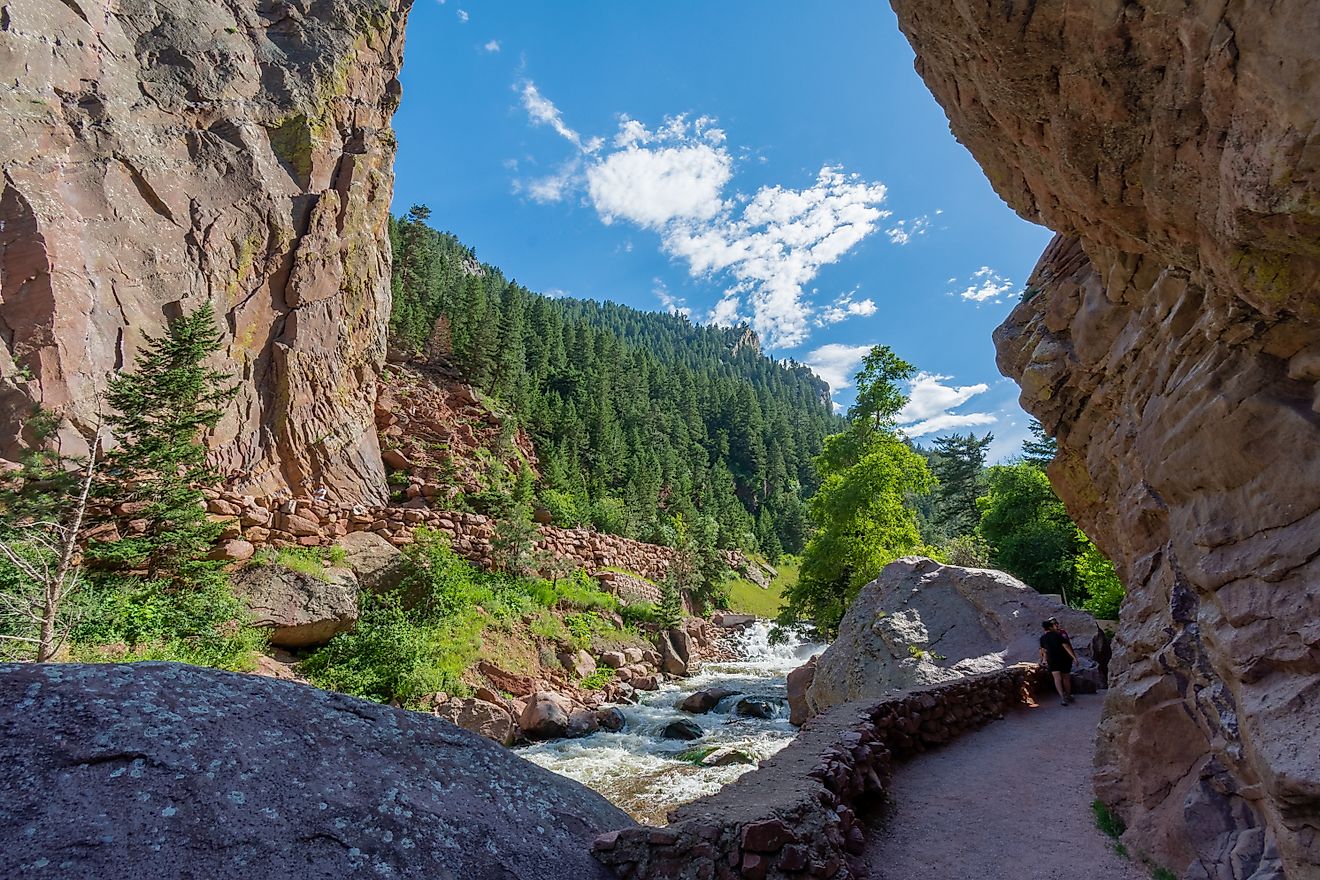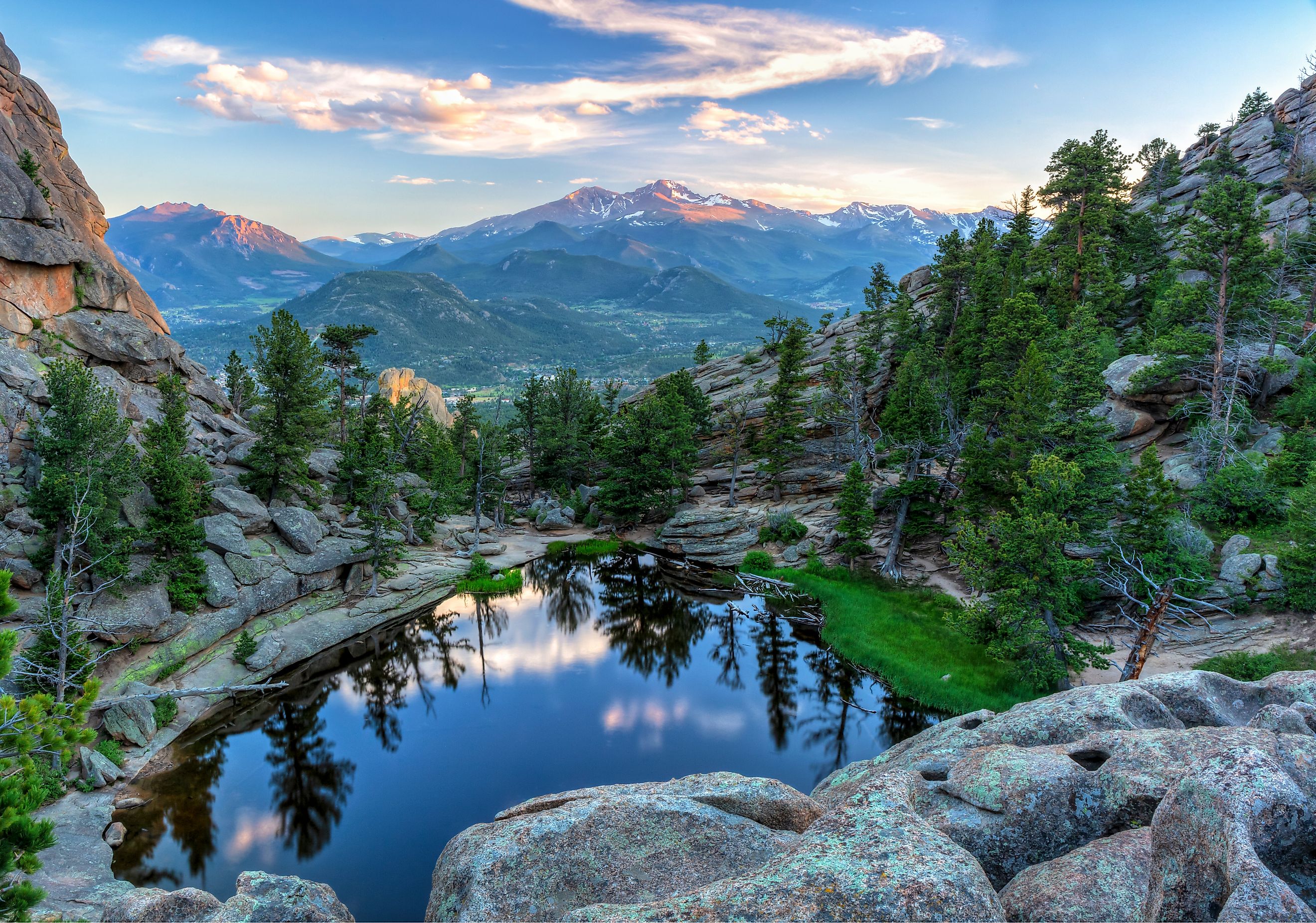
The 4 National Parks in Colorado
Colorado is home to some of the most diverse landscapes in the United States, and nowhere is that more evident than in its national parks. Within a single state, you can stand atop jagged alpine peaks, hike through ancient cliff dwellings, climb the tallest sand dunes in North America, or peer into a canyon so steep it barely sees sunlight.
These four national parks (Rocky Mountain, Great Sand Dunes, Mesa Verde, and Black Canyon of the Gunnison) represent the extremes of nature, the depths of history, and the variety of adventures that make Colorado a standout among western states. Each park offers a completely different experience, yet all share one thing in common: they reveal something extraordinary about the American landscape.
Whether you’re drawn to high-altitude trails, stargazing under desert skies, or exploring the remnants of an ancient civilization, Colorado’s national parks are as dynamic as they are unforgettable.
Rocky Mountain National Park
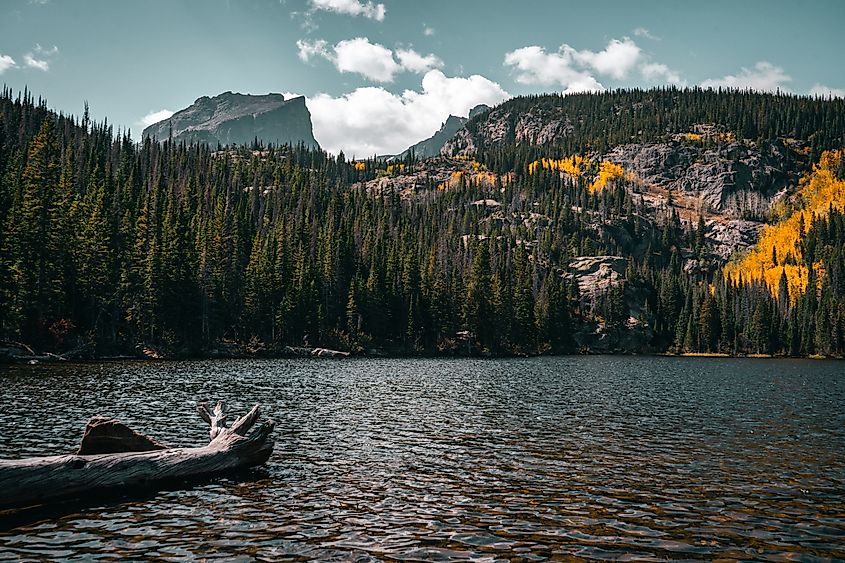
Location: Northern Colorado, near Estes Park
Established: 1915
Annual Visitors: Over 4 million
Famous For: Alpine scenery, Trail Ridge Road, wildlife
Rocky Mountain National Park is the most visited national park in Colorado, and it’s easy to see why. Spanning 415 square miles, the park features a sweeping range of natural environments, including jagged peaks, crystal-clear alpine lakes, dense forests, tundra, and sprawling meadows. It’s a showcase of high-altitude wilderness that draws hikers, photographers, wildlife enthusiasts, and scenic drivers. Elevations vary dramatically, from about 7,800 feet in the montane valleys to over 14,000 feet at the summit of Longs Peak, the park’s most iconic mountain and a popular yet challenging climb for experienced mountaineers.
The park is home to more than 350 miles of hiking trails, dozens of waterfalls, and one of the highest paved roads in North America. Wildlife is abundant throughout the park, with elk, moose, marmots, and bighorn sheep commonly spotted in open areas, especially around dawn and dusk.
Timed entry permits are required during peak visitation months, typically from late May through mid-October, to help manage traffic and preserve the park’s natural environment. To avoid the crowds, consider entering early in the day, visiting on weekdays, or exploring less-trafficked areas such as the Wild Basin region in the park’s southeastern corner.
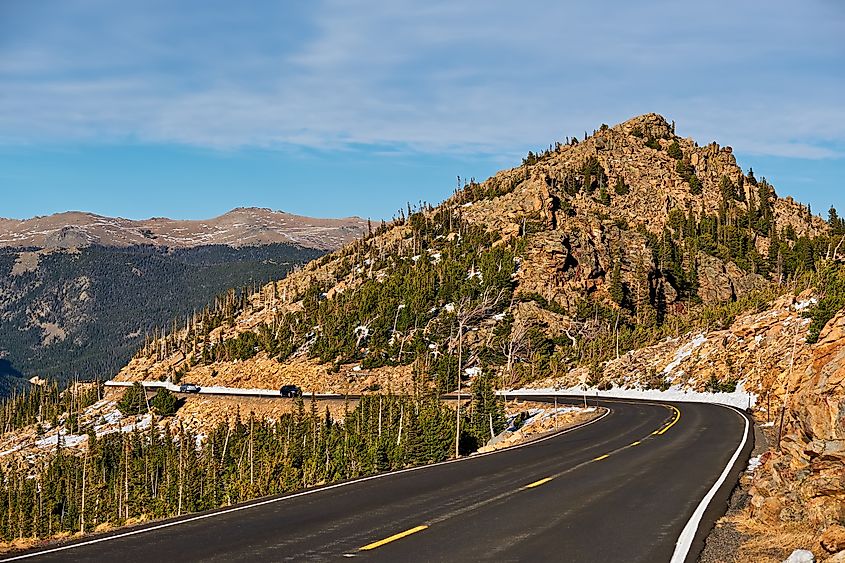
Highlights:
-
Trail Ridge Road: The highest continuous paved road in the US reaches elevations over 12,000 feet and offers sweeping panoramic views.
-
Bear Lake: A scenic and accessible alpine lake with multiple trailheads branching off toward higher, more secluded lakes like Emerald Lake and Sky Pond.
-
Wildlife Viewing: Elk herds, moose, bighorn sheep, and black bears are commonly seen, especially at dawn or dusk in Moraine Park and Horseshoe Park.
Great Sand Dunes National Park and Preserve
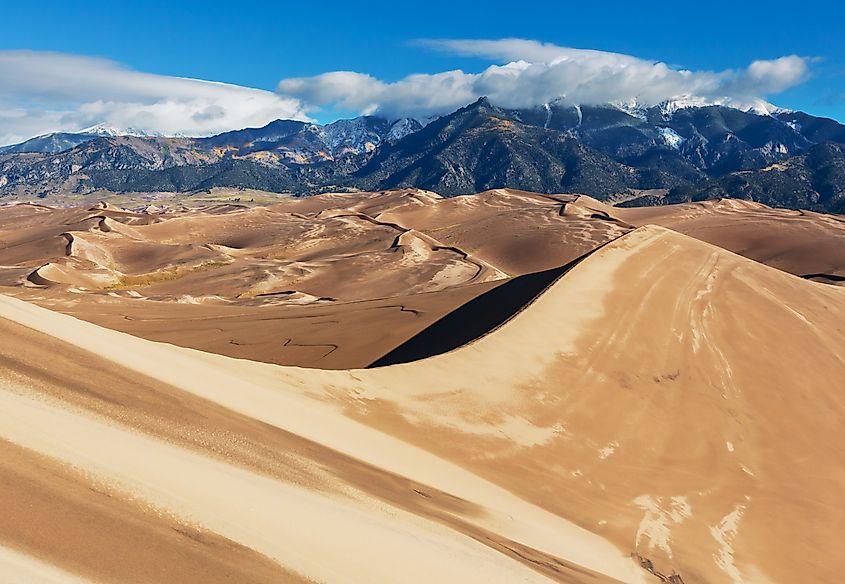
Location: South-central Colorado, near Alamosa
Established: 2004 (upgraded from National Monument)
Annual Visitors: ~600,000
Famous For: Tallest dunes in North America
It’s not what most people expect to find in Colorado: a vast, shimmering sea of golden sand rising dramatically at the base of the rugged Sangre de Cristo Mountains. But Great Sand Dunes National Park delivers exactly that. Covering more than 30 square miles, the dune field features ever-shifting peaks of sand sculpted by wind and time. The tallest dune, known as Star Dune, rises over 750 feet from base to summit, making it the highest in North America.
Beyond the dunes, the park protects a surprisingly diverse ecosystem that includes grasslands, cottonwood groves, wetlands, alpine forests, and even tundra at the higher elevations. This range of environments supports a variety of wildlife, from kangaroo rats and mule deer to elk and black bears. The park also includes the Medano Creek corridor, where seasonal water flow creates a rare desert beach popular for wading, skimboarding, and picnicking.
If you're planning a summer visit, aim for early morning or late evening hours. Midday temperatures on the dunes can exceed 140°F, making the sand dangerously hot and climbing conditions extremely difficult. Evening visits also offer stunning sunset views and, after dark, incredible stargazing in one of the country’s designated Dark Sky Parks.
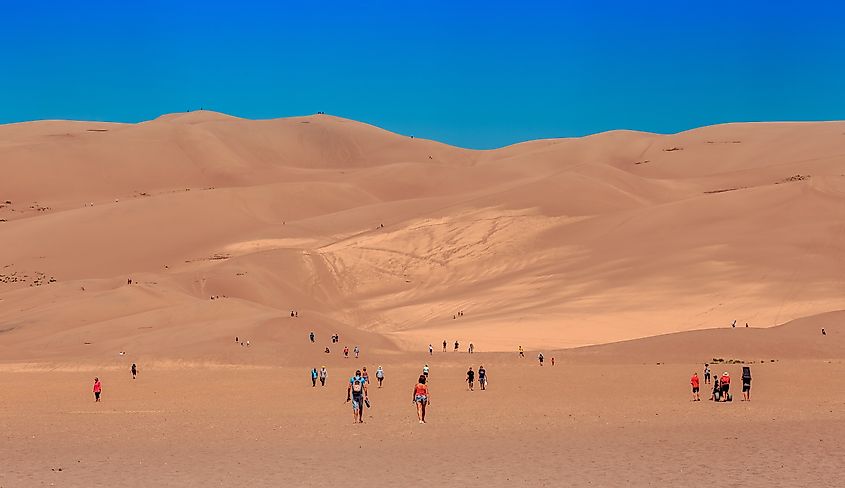
Highlights:
-
Dune Climbing: There's no marked trail—visitors are free to climb any dune. Most aim for High Dune for its panoramic views.
-
Medano Creek: This seasonal, snowmelt-fed creek at the base of the dunes creates a beach-like setting in late spring and early summer.
-
Sandboarding and Sand Sledding: Special boards (rentable in nearby towns) make dune surfing a thrill for all ages.
-
Night Sky Viewing: This park is a Dark Sky Park, making it one of the best spots in Colorado for stargazing.
Mesa Verde National Park
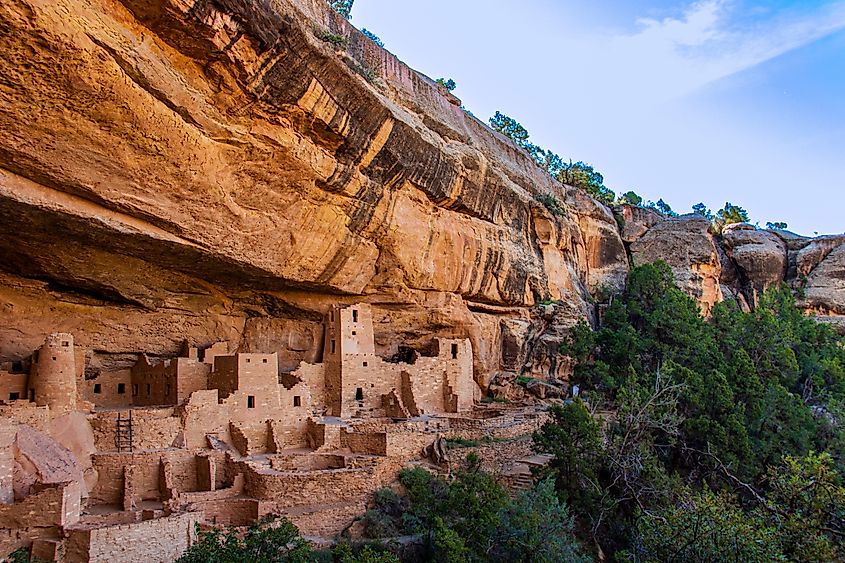
Location: Southwestern Colorado, near Cortez
Established: 1906
Annual Visitors: ~500,000
Famous For: Ancient cliff dwellings, Ancestral Puebloan culture
Mesa Verde offers something entirely different from Colorado’s other national parks. Instead of dramatic peaks or deep canyons, it tells the story of ancient human life in the American Southwest. Established in 1906 as the first national park dedicated to preserving cultural heritage, Mesa Verde protects the ancestral homes and sacred spaces of the Ancestral Puebloans, who lived on the mesa for more than 700 years. The park contains nearly 5,000 archaeological sites, including 600 cliff dwellings built into canyon walls. These structures, constructed primarily between 600 and 1300 CE, showcase advanced masonry, architectural ingenuity, and deep spiritual traditions.
Cliff Palace is the park’s largest and most iconic dwelling, with more than 150 rooms and 20 kivas. Long House, located on Wetherill Mesa, offers a quieter experience with fewer visitors but equally impressive architecture. Balcony House, another popular site, includes ladders and tunnels that give visitors a more immersive and adventurous tour.
Some of the guided cliff dwelling tours fill up quickly during the summer, especially between Memorial Day and Labor Day. Reservations are strongly recommended and can be made online in advance. To make the most of your visit, consider exploring the Chapin Mesa Museum or driving the Mesa Top Loop, which provides excellent views and a self-guided look at surface sites and overlooks.
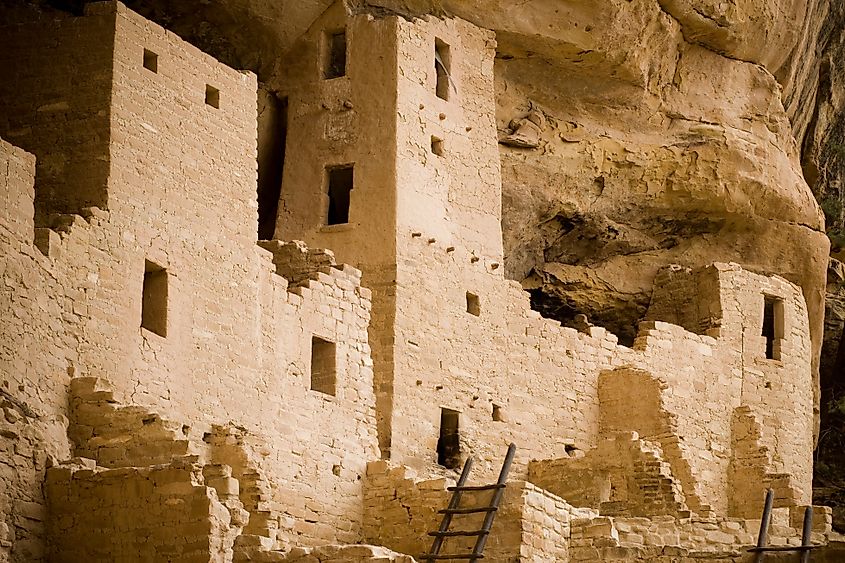
Highlights:
-
Cliff Palace: The park’s most iconic structure, Cliff Palace is the largest cliff dwelling in North America and can be toured with a ranger.
-
Balcony House: For the more adventurous, this guided tour requires climbing ladders and crawling through tunnels.
-
Petroglyph Point Trail: A 2.4-mile loop that offers views of petroglyphs and the surrounding canyon landscape.
-
Chapin Mesa Museum: Provides background on Ancestral Puebloan life and artifacts found within the park.
Black Canyon of the Gunnison National Park
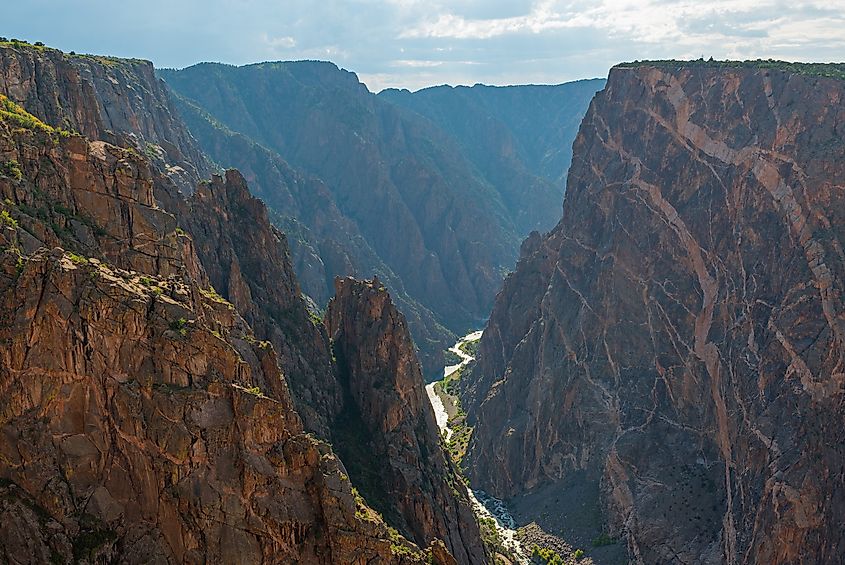
Location: Western Colorado, near Montrose
Established: 1999 (National Monument since 1933)
Annual Visitors: ~300,000
Famous For: Sheer cliffs, extreme depth, dramatic geology
Often overshadowed by its more famous cousin in Arizona, Black Canyon of the Gunnison is Colorado’s most underrated national park. This dramatic landscape features a gorge so steep, narrow, and dark that it earned the name “Black Canyon” because some areas at the bottom receive only a few minutes of sunlight per day. At its deepest point, the canyon plunges more than 2,700 feet, with vertical cliffs and jagged spires carved by the Gunnison River over millions of years. The contrast between the canyon’s sheer black walls and the rushing whitewater below creates a scene that is both breathtaking and humbling.
The park offers two distinct experiences: the South Rim, which is more developed and accessible, and the North Rim, which is more remote and rugged. Scenic overlooks such as Painted Wall, Gunnison Point, and Pulpit Rock offer jaw-dropping views of the canyon’s dramatic drop-offs and striking geological formations. For those looking to hike, short trails along the rim provide incredible vantage points, while a few steep, unmarked inner-canyon routes are open to experienced backcountry adventurers with permits.
Spring and fall are the best times to visit, offering mild temperatures, clear skies, and fewer crowds. Summer heat can be intense, especially within the canyon, where ventilation is limited and shade is rare. In winter, heavy snowfall can close sections of the park, particularly the North Rim, but the South Rim often remains partially open and is ideal for snowshoeing and photography.
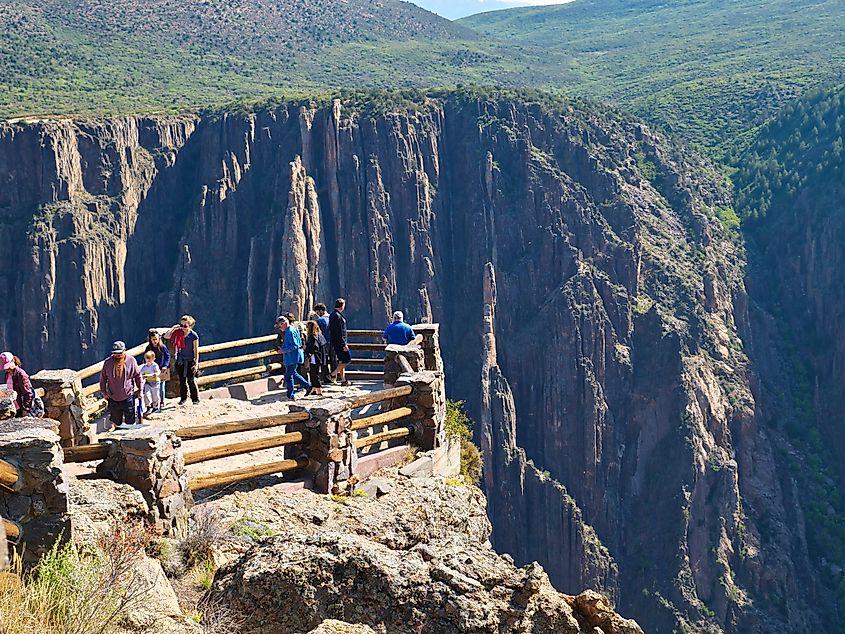
Highlights:
-
South Rim Drive: This scenic route includes 12 overlooks, with jaw-dropping views of the canyon and the Gunnison River far below.
-
North Rim: Less developed and harder to reach, but offers solitude and equally stunning views.
-
Hiking: The Rim Rock Nature Trail is a great intro, while the more challenging Warner Point Trail delivers big views.
-
Rock Climbing and Kayaking: For experienced adventurers only—routes here are among the most technical and dangerous in the national park system.
Final Thoughts: Four Parks, Endless Adventure
Colorado’s national parks are not just about natural beauty—they tell stories, challenge adventurers, and preserve both wilderness and culture. Whether you're climbing dunes in the high desert, hiking among alpine lakes, standing inside a thousand-year-old cliff dwelling, or peering into the depths of a shadowy canyon, each of these four parks leaves a lasting impression.
They may not be the largest parks in the US, but few states offer such geological and historical diversity in such a compact area. If you’re planning a Colorado road trip, visiting all four national parks makes for an unforgettable journey through the Centennial State.
Colorado’s National Parks at a Glance
| Park | Main Attraction | Best For | Crowd Level |
|---|---|---|---|
| Rocky Mountain | Alpine peaks, wildlife | Scenic drives, hiking, photography | Very High (summer) |
| Great Sand Dunes | Massive sand dunes | Adventure, families, stargazing | Moderate |
| Mesa Verde | Ancient cliff dwellings | History, guided tours, culture | Moderate |
| Black Canyon of the Gunnison | Sheer canyon walls, solitude | Seclusion, geology, dramatic views | Low to Moderate |
